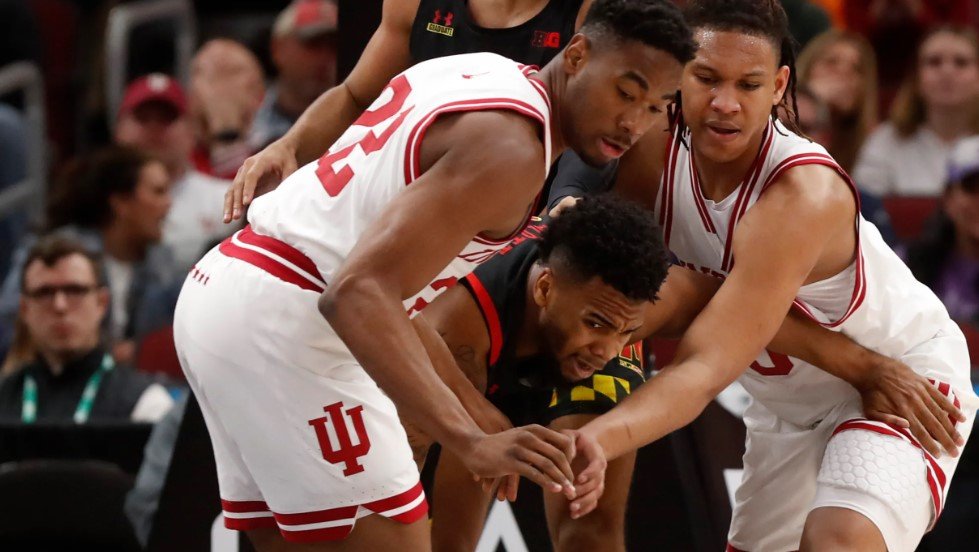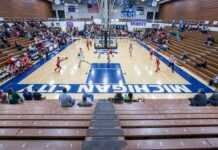North Korea’s leader, Kim Jong Un, oversaw missile drills simulating a nuclear counterattack on Monday, as South Korea and the United States conducted military exercises nearby. The exercises involved firing a ballistic missile that carried a mock nuclear warhead.
The aim of the exercises was to “let relevant units get familiar with the procedures and processes for implementing their tactical nuclear attack missions,” according to North Korean state news agency, KCNA. The drills were held over two days and were the fourth show of force from Pyongyang in a week.
Kim expressed “satisfaction” with the launches over the weekend, according to KCNA. The agency shared photos of the North Korean leader at the tests, accompanied by his daughter. Flames roared from the missile as it soared before hitting the target.
The ballistic missile equipped with a mock nuclear warhead reportedly flew 800km (497 miles) before hitting a target at an altitude of 800m (2,625ft). It is believed that Kim used the occasion to reiterate his commitment to the country’s nuclear programme.

“The nuclear force of the DPRK will strongly deter, control and manage the enemy’s reckless moves and provocations with its high war readiness, and carry out its important mission without hesitation in case of any unwanted situation,” Kim was quoted as saying.
The military drills coincide with the ongoing joint military exercises between South Korea and the US, named Freedom Shield, which North Korea sees as a rehearsal for an invasion and a hostile act. On Sunday, the two allies staged air and sea drills involving US B-1B strategic bombers.
Additionally, their navies and marine corps are set to start the large-scale Ssangyong amphibious landing exercises on Monday. These drills are the biggest in five years and will continue for two weeks until April 3.
According to Lim Eul-chul, a professor at Kyungnam University’s Institute for Far Eastern Studies, the Korean peninsula is turning into “a flashpoint with higher potential for a nuclear war.”
“As the intensity of the South Korea-US exercises increases, the possibility of unforeseen situations increases, and as a result, mutual physical clashes may occur,” he said.
The military exercises have led to South Korea and Japan moving to boost security cooperation to counter North Korea’s weapon tests while putting aside decades of historical grievances. North Korea is banned from testing ballistic missiles under successive UN sanctions over their nuclear weapons programme.
Last week, Pyongyang fired its largest and most powerful intercontinental ballistic missile (ICBM), the Hwasong-17, representing its second such test this year. As a result, the UN Security Council is expected to hold an emergency meeting on Monday over the ICBM launch, following a request from the US and Japan, according to the South Korean Yonhap news agency.
























